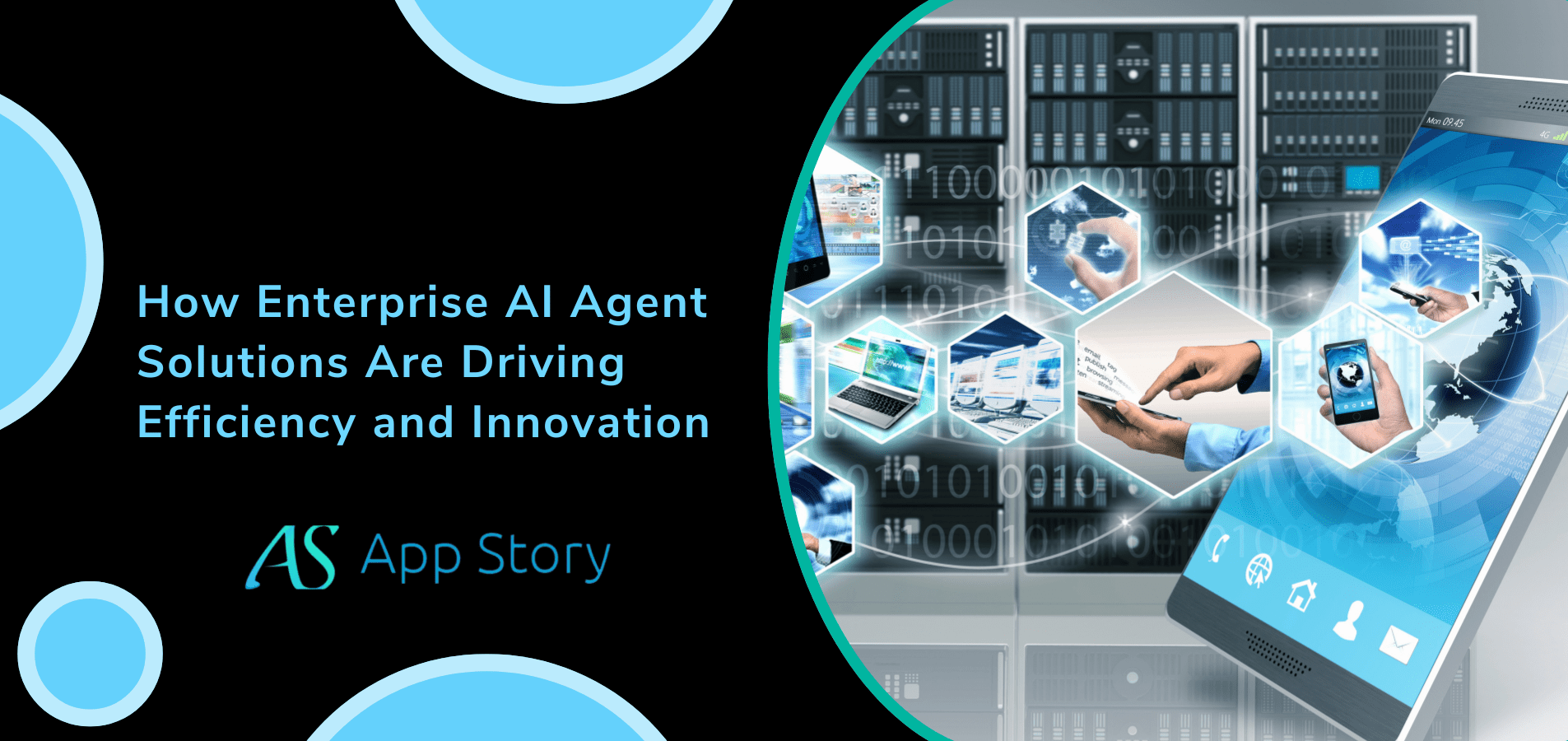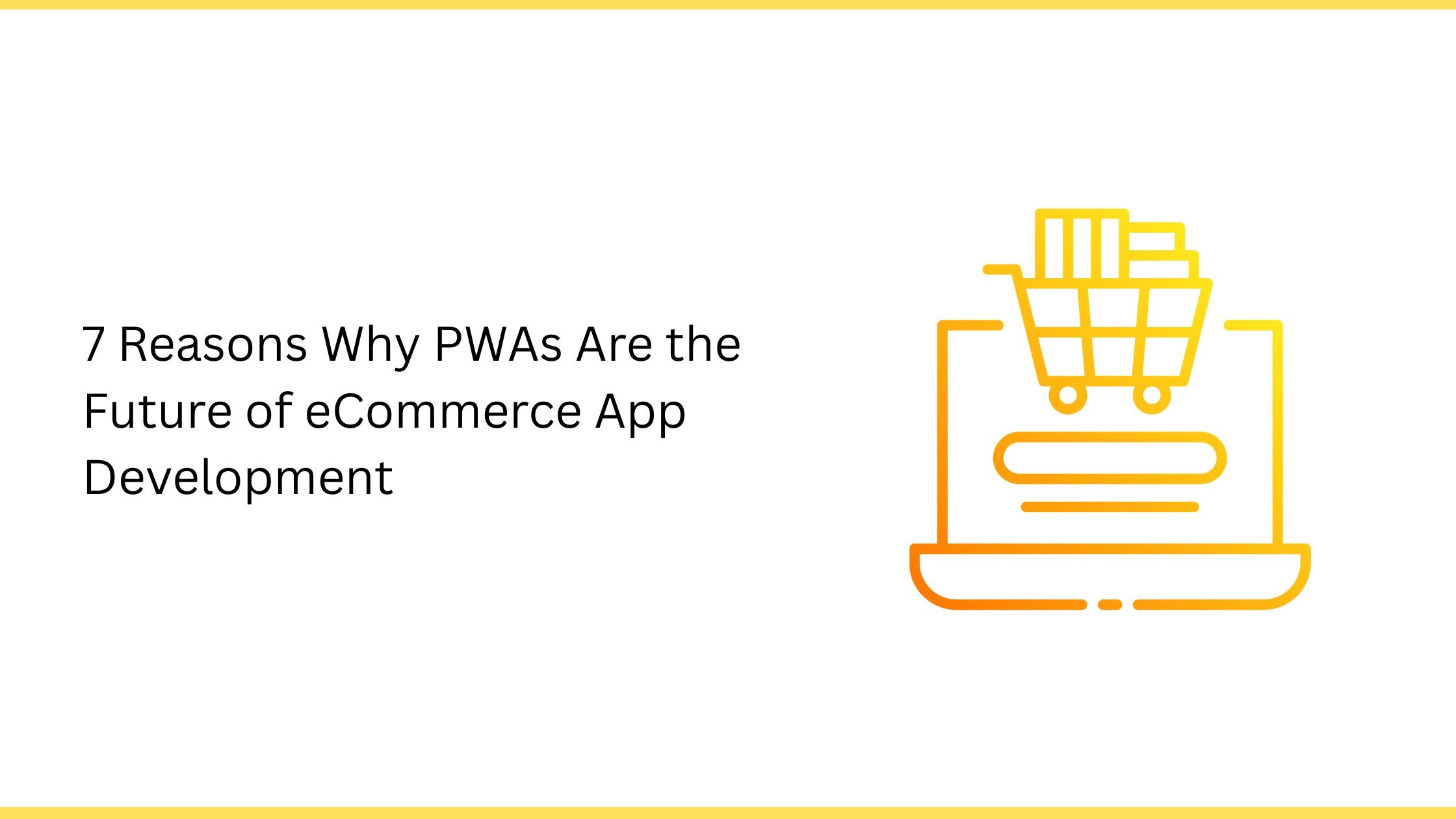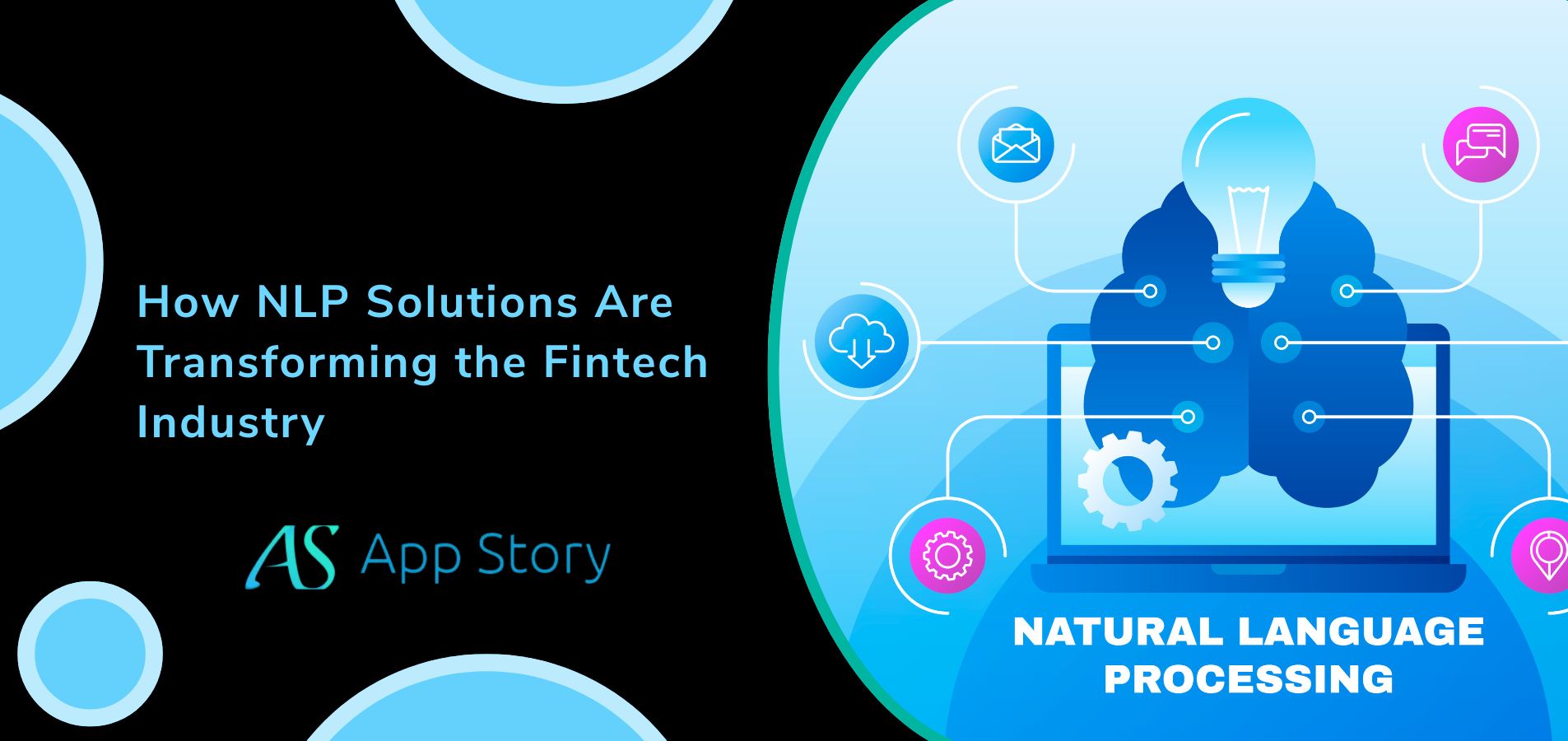Introduction
Generative AI has swiftly evolved from an experimental idea to a useful instrument that is revolutionizing business operations. General-purpose tools were more commonly used in an early period that involved less control, inaccuracy, and the alignment of the objective of businesses that desire such results in recent times.
This transition has seen the rise in the application of custom generative AI applications, meaning models trained on an organization’s data, workflows, and compliance requirements. Businesses are developing AI that fits their unique context and produces more dependable, secure results rather than settling for generic outputs.
This post will discuss why businesses are eschewing one-size-fits-all AI, the advantages of customization, the development process of these solutions, and the practical effects they are already having.
Why Enterprises Need Custom Generative AI Solutions
Ready-to-use generative AI solutions are not tailored to the enterprise requirements. Companies exist in complex surroundings in which they have peculiar data, language, and compliance needs. An example is that a healthcare provider cannot use a generic model to familiarize themselves with the terms or rules related to patients. The current enterprise technology solutions need more than the generic outputs; they need smart systems that are designed to be contextual, secure, and scalable.
Unsupervised generative AI offers better control to companies, data privacy protection, and high precision. It helps them train models on their data, employ their tone of choice, and comply with internal standards, producing the results that are more meaningful, secure, and reliable to be used in the real world.
How Enterprises Are Building Custom Solutions
A proprietary data bedrock is the starting point on the journey towards the enterprise-grade generative AI. Businesses are using in-house knowledge bases, customer interactions, SOPs, and operational data to fine-tune large language models (LLMs). This data-based personalization will assist in the development of models that capture the voice of the brand and know what it cares about.
The core steps include:
- Fine-tuning and Retrieval-Augmented Generation: Fine-tuning and RAG pipelines allow enterprises to insert into these models knowledge acquired using costs and compute resources under control.
- Secure infrastructure: Many people would rather deploy the models on the cloud or on-premises because then they will be able to control who owns the data and its safety.
- Integration with internal systems: The custom agents of AI are linked to CRMs, ERPs, knowledge bases, and helpdesk systems to perform real-time contextual work like routing of tickets, report generation, etc.
Such a strategy makes sure that generative AI services do not exist on their own but are a component of the enterprise ecosystem.
How Enterprises Are Adopting Custom Generative AI
Enterprises are approaching custom generative AI adoption in a phased, practical manner, ensuring each step adds real business value. Here’s how most organizations are moving forward:
1. Identifying the Right Use Cases
A company starts by identifying areas in which generative AI can be used to solve practical issues, e.g., automating a support response, creating internal reports, and improving interactions with customers.
2. Preparing and Organizing Data
Once use cases are defined, enterprises gather and clean relevant data. Internal documents, chat logs, product info, and knowledge bases are structured for training or fine-tuning the model.
3. Selecting the Right Model and Tools
Businesses will then select a foundation model, open-source or by a known supplier and make decision on optimal customization methodology, e.g., fine-tuning or retrieval-augmented generation (RAG).
4. Customizing the Model for Relevance
What makes the output accurate and brand-consistent is that with clean data and the proper tools, businesses can teach the model to sound the way we want and to use the industry jargon and the internal reasoning, which makes the output much more accurate.
5. Integrating AI Into Workflows
As an element of AI Integration & Deployment, custom models can connect to other systems, such as CRM, ERP, or support tools, allowing them to provide immediate response and content even within the existing operation.
6. Ensuring Security and Compliance
In order to secure valuable business information and promote compliance with the industry legislation such as GDPR, HIPAA, or SOC 2, companies are likely to apply these models in the on-premise cloud or on-premise environment.
7. Monitoring and Scaling
When results are approved, corporations increase adoption in other departments. Proper monitoring makes the AI efficient, precise, and business-related.
Also Read: How Generative AI and AI Agents Are Changing Automation
Benefits of Custom Generative AI for Enterprises
Using tailored AI solutions goes beyond a simple tech upgrade. It acts as a key strategy now. Businesses are seeing major advantages:
- Operational Efficiency: Companies use AI to handle work like writing reports, checking compliance, and managing documents. This cuts down on time spent and effort.
- Personalized Customer Experience: Chatbots and assistants that are related to the brand make customers feel like they have been heard. This establishes trust and loyalty to want them to return again.
- Faster Decision-Making: AI tools study data patterns and align results with company goals. This helps leaders decide faster and with more clarity.
- Competitive Edge: Custom AI in operations gives firms intellectual property and flexibility. These are things you won’t get from general AI tools.
These advantages are turning AI into a central driver of business expansion rather than just a supporting tool.
Also Read: AI Agent Integration: Bridging Legacy Systems with Modern Automation Tools
Overcoming Challenges in Custom AI Adoption
Although this is possible, companies encounter practical barriers to using customized generative AI:
- Data Preparation: A majority of enterprise data is unstructured, dispersed, or sensitive. A very important but lengthy procedure is to clean up, tag, and encrypt this information.
- Talent Shortage: Recruitment or education of workforces that understand AI threats, operationalize MLops, and can reduce models is not an easy task yet.
- Integration Complexity: Legacy systems often resist AI workflows, requiring custom connectors, making it crucial to hire AI experts for seamless integration.
- Measuring ROI: Generative AI, however, unlike traditional software, can yield non-measurable returns, initially, e.g., better quality of decisions made or feelings of customers, and, thus, it is more difficult to calculate its returns in the short-term perspective.
However, forward-looking companies are viewing them as long-term investments and collaborate with AI development professionals to fill in the gap in capability.
Also Read: 10 Ways AI Automation Boosts ROI in Big Enterprises
Conclusion
The migration to custom generative AI is a radical adjustment, like company innovation management. Companies have started customizing AI based on their needs by building AI to requirements, processes, and objectives, as opposed to using generic models. This transition makes them perform more quickly, learn more, and reach out to customers more. This is not about keeping in with modern trends. That is: it is about designing AI in such a way that it correlates with the ways the business operates, facilitates day-to-day operations, and evolves as the world evolves. Companies undertaking so are positioning themselves to be in control of the coming wave of intelligent business evolution.






 United States
United States United Kingdom
United Kingdom India
India Canada
Canada Singapore
Singapore















![10 Benefits of the Internet of Things You Should Know [2025]](https://www.appstory.org/wp-content/uploads/2025/03/ATS-10-Benefits-of-the-Internet-of-Things-You-Should-Know-2025@2x-80x60.png)




















